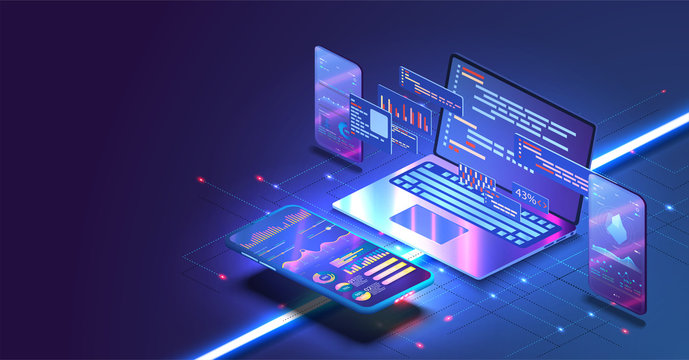
📢 About This Summary
Summary based on this YouTube discussion; edited and annotated by Time Health Capital. Our team routinely watches, distills, and reacts to leading conversations so you get concise, readable insights and practical takeaways.
“Only a small percentage of people are truly willing to change — everyone else waits, and gets left behind.”
📝 Summary of Key Points
This piece distills the conversation’s central themes: a growth mindset that favors iteration over certainty; the trade-offs from tariffs and rising debt; AI’s practical acceleration of workflows; and where scarce alternatives like Bitcoin may fit in a broader portfolio. The bottom line: adaptivity and optionality matter more than ever — for careers, practices, and portfolios.
🧠 Why Most People Stay Stuck
Change is uncomfortable because it threatens identity and routine. The winning approach is a bias toward micro-experiments: short sprints that yield new capability without risking everything. That’s how you convert theory into habit — and habit into durable advantage.
Practical take: schedule a weekly 60–90 minute learning sprint — a new tool, a short course, or a small client experiment. Over months, those sprints compound into a skill set that markets reward.
🏛️ Tariffs, Debt, and the Gamble Ahead
Tariffs can protect specific industries but often act like a tax on consumers, raising input costs and pressuring margins. Pairing tariff policy with record public debt raises the economy’s sensitivity to policy error: higher rates make debt servicing painful, and tariffs increase domestic price pressures.
- Tariffs: can create short-term winners but broader price leakage.
- Debt risk: servicing costs limit fiscal flexibility and amplify shocks.
- Consumer squeeze: higher goods prices + tighter credit = less resilience at household level.
Investor implication: dispersion increases — some industries will be structurally advantaged, others structurally impaired. Selection and active risk management matter more than blanket exposure.
🤖 AI’s Coming Explosion — Practical, Not Sci-Fi
AI’s material impact isn’t just automation — it’s leverage. Tools compress feedback loops, speed decisions, and let small teams scale output. The highest returns go to those who combine domain expertise with tool fluency and channels to deploy the output.
Career lens: identify a repeatable, measurable problem you can improve with AI. Learn the stack that solves it, ship a small product, measure impact, then iterate. Investor lens: favor companies turning AI into defensible operational advantages (faster cycles, lower unit costs, better retention).

₿ Where Bitcoin & Scarcity Fit
When policy risks rise, some investors allocate to assets governments cannot print. Bitcoin’s hard cap and growing institutional plumbing make it a candidate for a small, risk-managed allocation — a portfolio sleeve sized to your drawdown tolerance.
Remember: volatility is expected. Define rules (max allocation, rebalancing triggers) so your hedge remains a hedge rather than a speculative bet.
✅ Final Thought
The next few years reward speed of learning over certainty. Whether tariffs move, debt bites, AI accelerates, or crypto cycles — your edge is adaptability. Prioritize cash-flow durability, invest in small repeated experiments that build skill and distribution, and keep a diversified, rules-based approach to alternative assets.
▶ Prefer to Watch?
Catch the full conversation here:
💬 Dr. Ozoude’s Commentary
❓ Questions & Implications for Our Readers
- What 60–90 minute weekly experiment could materially expand your skillset this quarter?
- How much runway (months of expenses) would let you pivot without selling into stress?
- Is a small, rule-based allocation to scarce alternatives (e.g., cryptos, physical scarcity) appropriate given your risk tolerance?
- Which parts of your practice or business can you automate now to buy back time?
💡 Talk directly with Dr. Ozoude at Time Health Capital.
Schedule a Call with Dr. Ozoude© All original content, trademarks, and media referenced herein belong to their respective creators. This article is an edited summary by Time Health Capital for educational and informational purposes only and does not constitute financial, medical, or legal advice. Always perform your own due diligence before making decisions.

I hear the same pattern over and over with physicians and professionals I talk to: excellent technical skills, but little runway to experiment. The practical risk isn't that you lack talent — it's that you have limited optionality. So the work becomes twofold: (1) create small, repeatable habits that expand your capabilities (a weekly learning sprint, a test automation for a clinic process), and (2) protect your runway with liquidity and lower fixed obligations. AI can augment your reach — imagine automating intake triage or patient follow-ups, freeing hours for higher-value work — but the real power comes when you combine that tech with domain judgment. On the portfolio side, treat scarce assets as insurance, not salvation. Size positions so that volatility buys you optionality rather than destroys it. In short: do a few small things consistently, protect your downside, and allow compounding to do the heavy lifting over time.